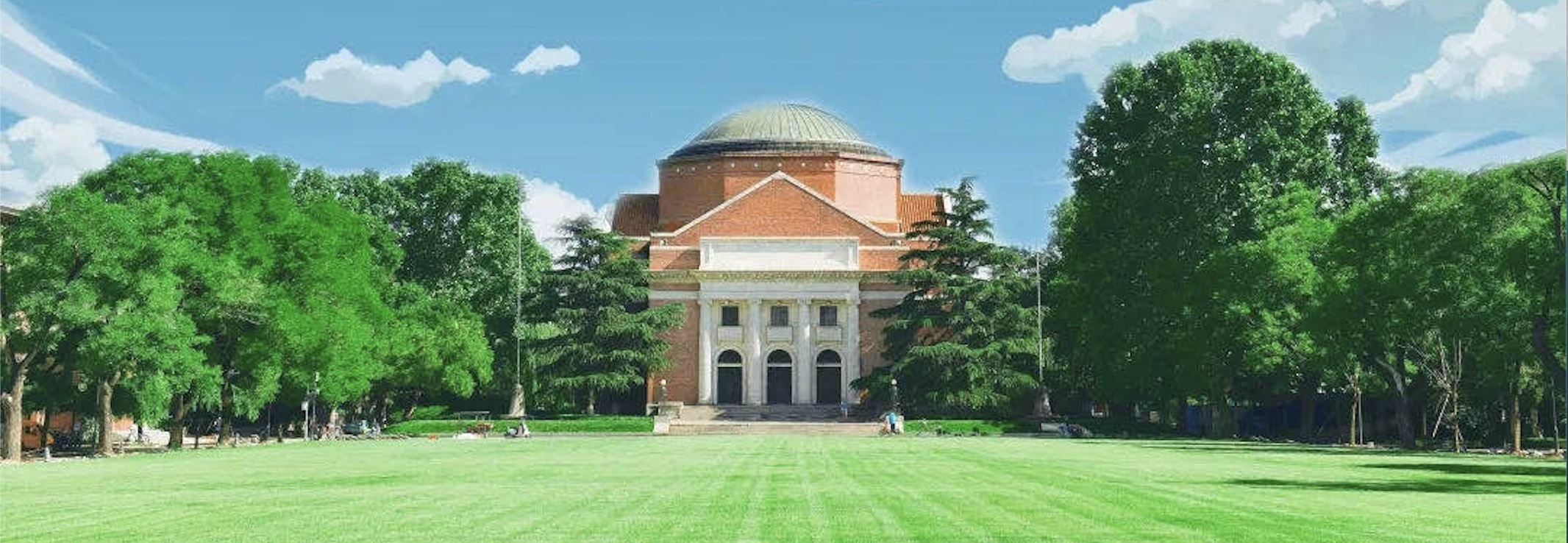From March 18 to March 26, 2025, a team of 16 students and faculty members from Tsinghua University embarked on an overseas research trip to Türkiye as part of the university’s Global Competence Overseas Practicum Program. Led by Professor Fan Hong, Director of Tsinghua’s National Image Research Center, and Professor Hu Yu, Dean of the Institute for Cultural Creativity Development, the team traversed 1,500 kilometers, visiting two ancient city ruins, four UNESCO World Heritage sites, six museums, and eight cultural landmarks. They also engaged in discussions with government institutions, universities, and cultural organizations to explore the historical evolution of Türkiye from prehistoric times to the modern era and examine new opportunities for China-Türkiye cultural exchange.
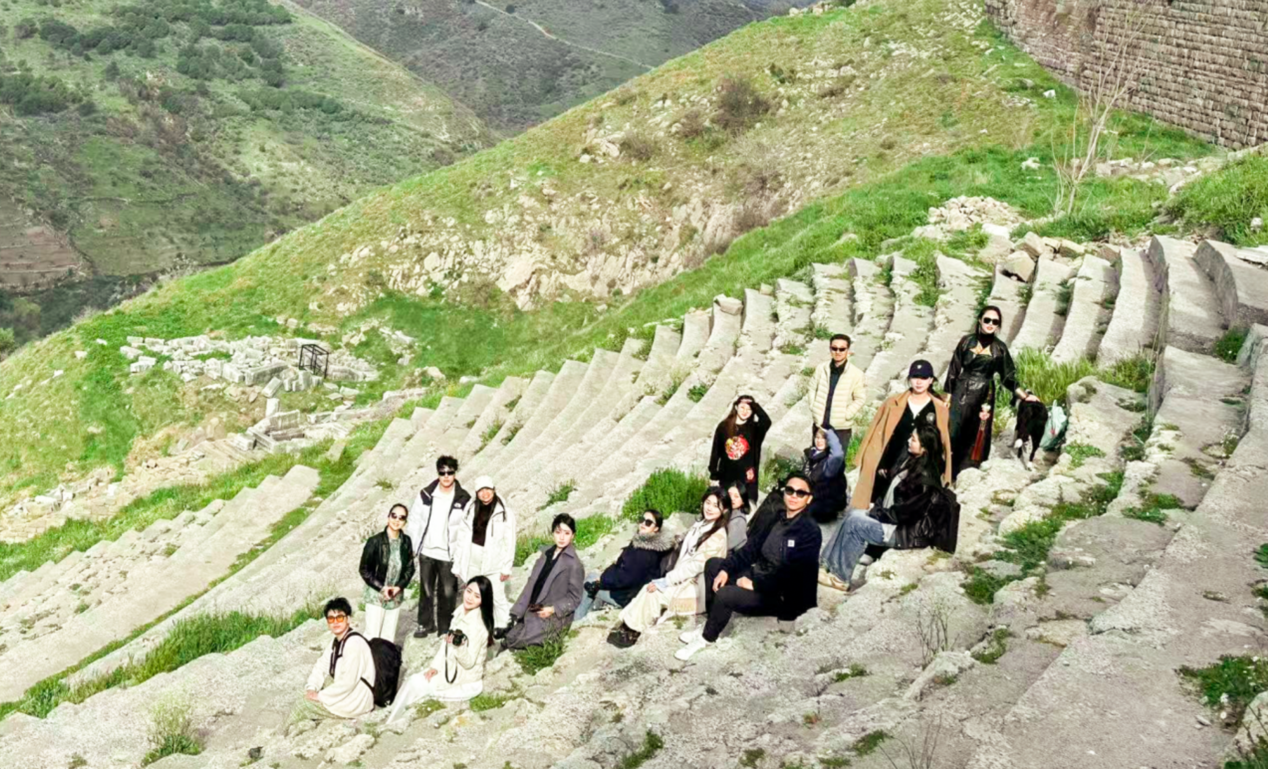
Group photo at the Pergamon Acropolis
Rediscovering the Past: Heritage Conservation and Cultural Authenticity
The team’s journey took them to the heart of Anatolia, where they explored the Historic Areas of Istanbul, the Archaeological Site of Troy, Ephesus, and the Pergamon Acropolis. These visits provided valuable insights into Türkiye’s approach to cultural heritage preservation, which emphasizes minimal intervention and systematic conservation to maintain historical authenticity. The “retreat to advance” strategy ensures that preservation efforts are carefully managed through phased development and technological monitoring. As Professor Fan Hong noted, “Understanding a country’s culture and history requires immersive engagement. Authenticity is at the core of heritage conservation, and Türkiye’s approach highlights the natural continuity of its historical legacy.”
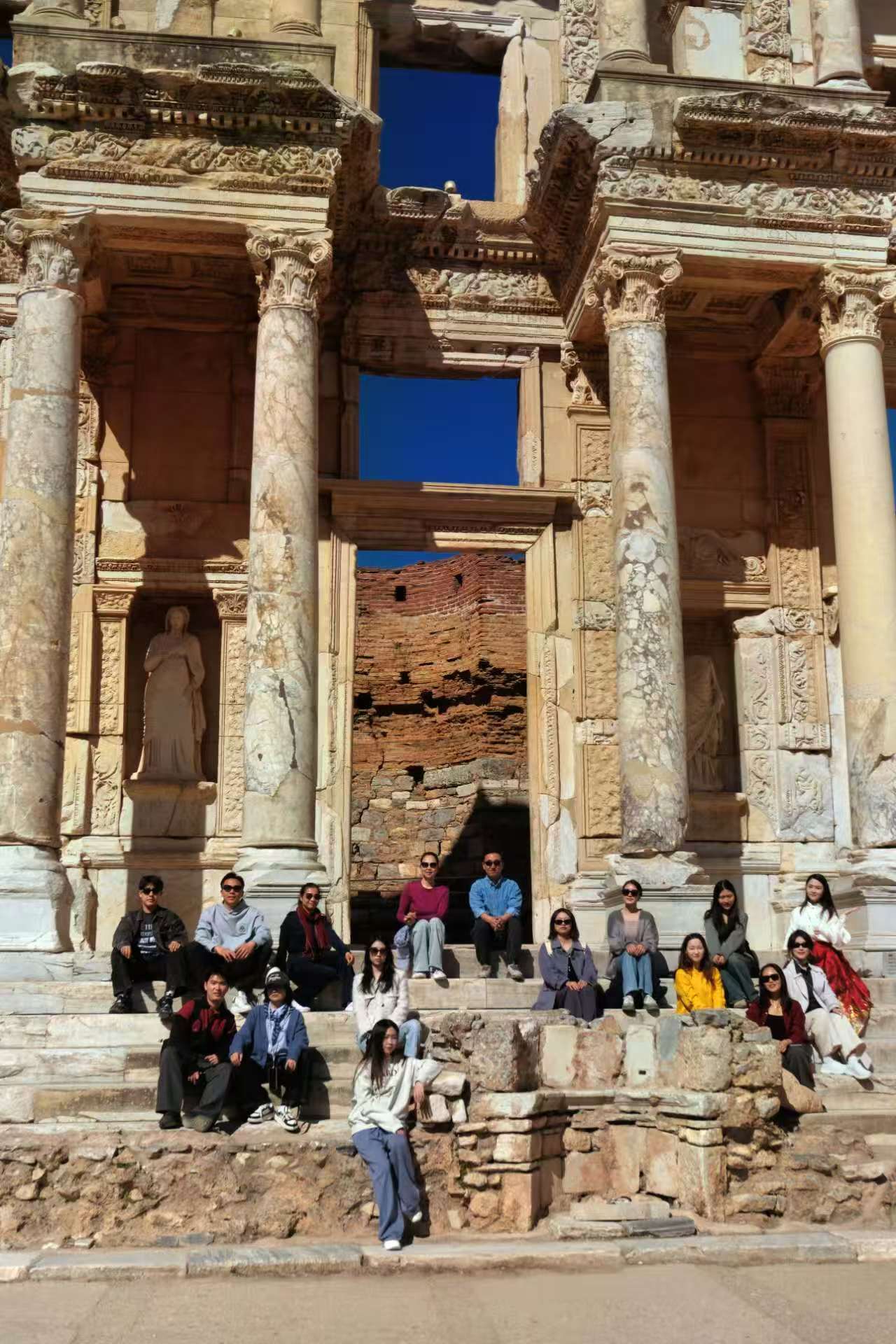
Group photo at the Archaeological Site of Ephesus
Experiencing the Present: Cultural Encounters in Everyday Life
Beyond historical sites, the team immersed themselves in contemporary Turkish culture. They wandered through Istanbul’s Grand Bazaar and Spice Market, traced the footsteps of history at the historic Orient Express railway station, and reflected on Turkish national identity at Anitkabir, the mausoleum of Mustafa Kemal Ataturk. Along the Bosphorus Strait, where seagulls soared above ferries crossing between Europe and Asia, and in the old city quarters where stray cats and dogs roamed beneath Byzantine aqueducts, the team witnessed the seamless blend of tradition and modernity. These everyday moments illustrated how cultural heritage is deeply embedded in the urban landscape, a testament to the enduring vitality of civilization.

Group photo at the mausoleum of Mustafa Kemal Ataturk
Reimagining Museums: Digital Innovation and Cultural Accessibility
The team visited six major museums, including the İstanbul Archaeological Museums, Topkapi Palace Museum, Ephesus Museum, Izmir Archaeology Museum, Troy Museum, and Anatolian Civilizations Museum. These institutions demonstrated how digital technology and creative innovation are reshaping historical narratives. At the Ephesus Experience Museum, interactive exhibits transformed archaeological discoveries into multisensory experiences, allowing visitors to see, touch, and even smell history. The Topkapi Palace Museum incorporated Ottoman miniature motifs into cultural products like ceramics and scarves, making imperial aesthetics accessible in everyday life. Meanwhile, the Izmir Archaeological Museum curated exhibitions that translated political and social history into tangible artifacts, enabling visitors to engage with the past through physical experience. As Professor Hu Yu observed, “Türkiye’s deep historical roots, multicultural heritage, and strong sense of national identity reflect remarkable civilizational resilience. While digitalization, commercialization, storytelling, and symbolization are effective tools for cultural dissemination, true heritage preservation relies on genuine belief, appreciation, and understanding.”
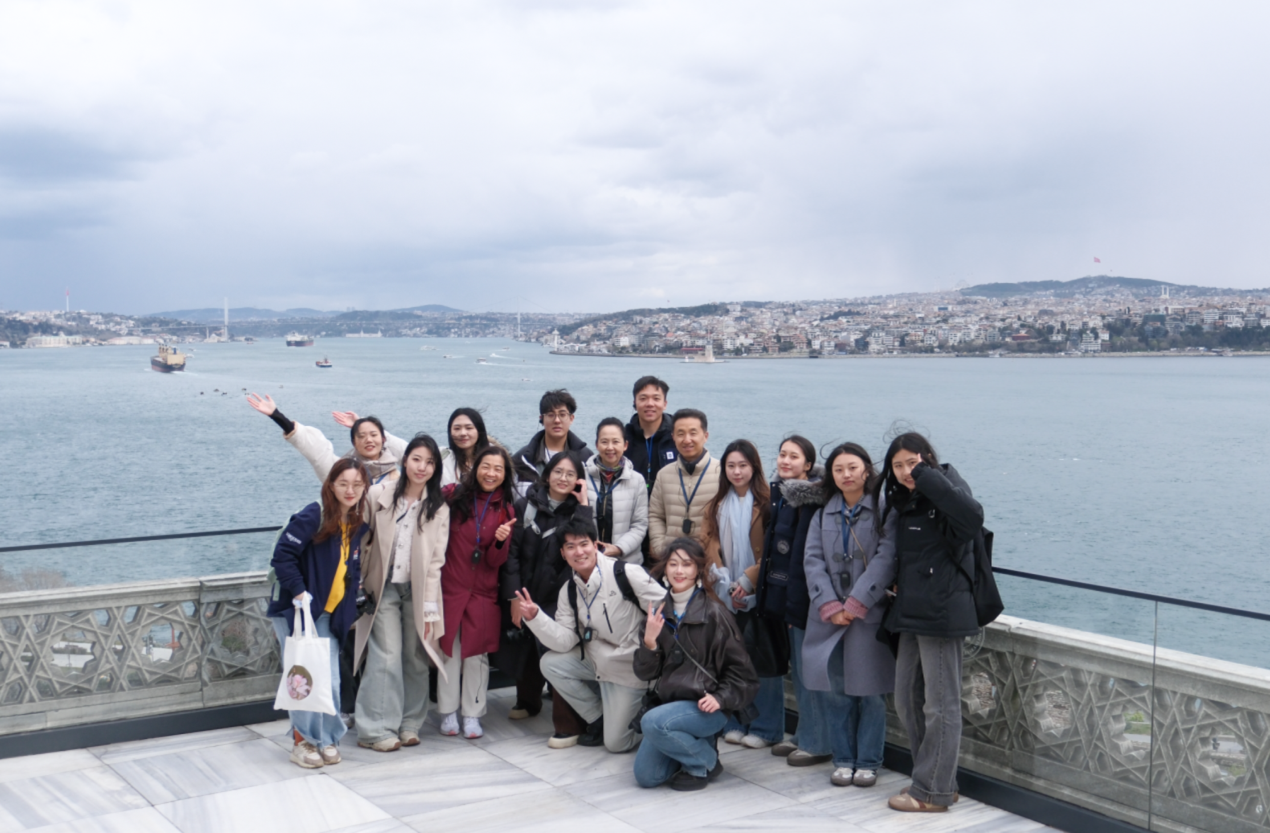
Group photo at the Topkapi Palace Museum
Bridging Civilizations: Academic Dialogues and Youth Engagement
The team fostered cross-cultural exchanges at multiple levels: At Istanbul University’s Faculty of Letters, discussions focused on the challenges of heritage conservation, artifact restoration, and biodiversity preservation. A Youth Cultural Exchange with the Middle East Technical University Confucius Institute explored “Opportunities and Challenges in the AI Era”. The team also met with Bulent Gonultas, the Deputy Director General of Cultural Heritage and Museums of the Ministry of Culture and Tourism of the Republic of Türkiye, to gain insights into Türkiye’s cultural heritage management strategies. Additionally, at the Chinese Embassy in Türkiye, students shared their findings on digital heritage initiatives, heritage conservation, and China-Türkiye cultural collaboration. Ambassador Jiang Xuebin encouraged them to deepen their knowledge of both cultures and actively contribute to strengthening mutual understanding and international communication between the two nations.
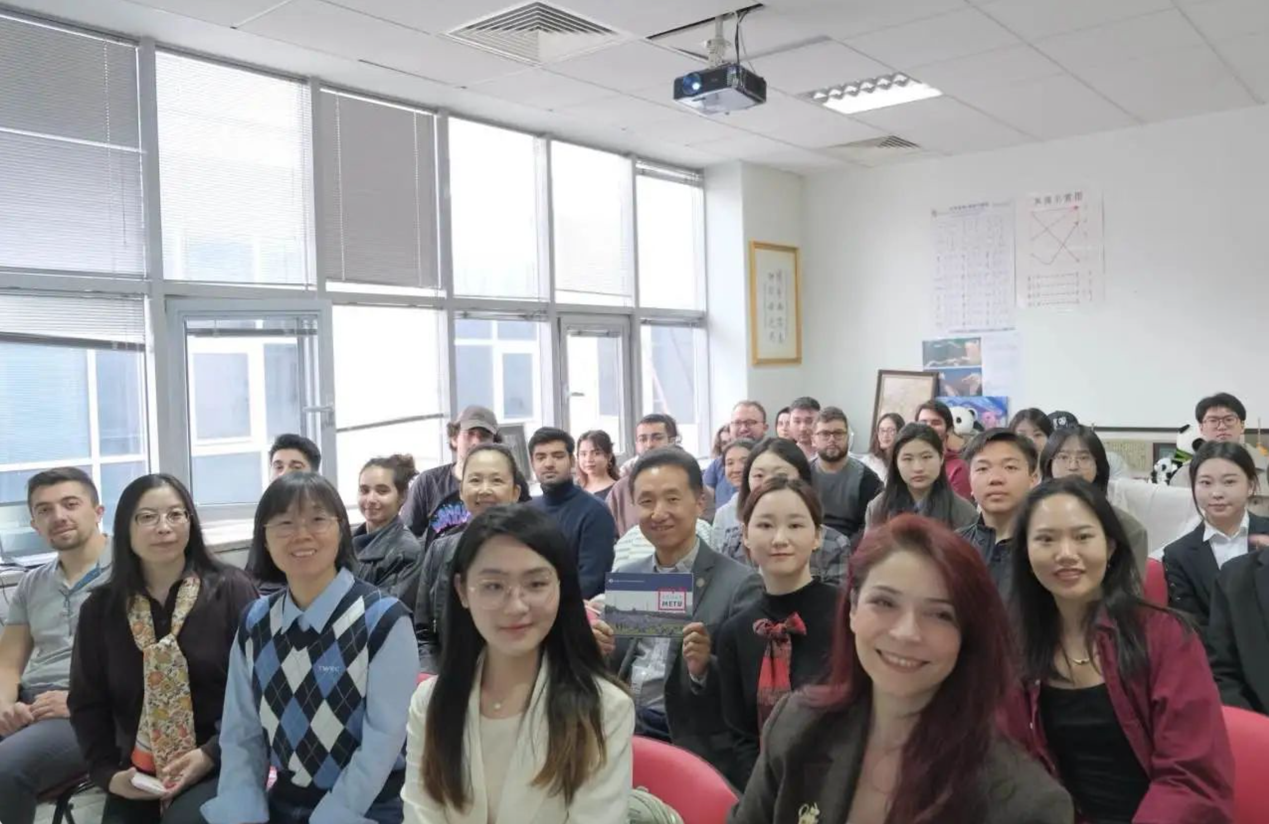
the Middle East Technical University Fellowship Symposium
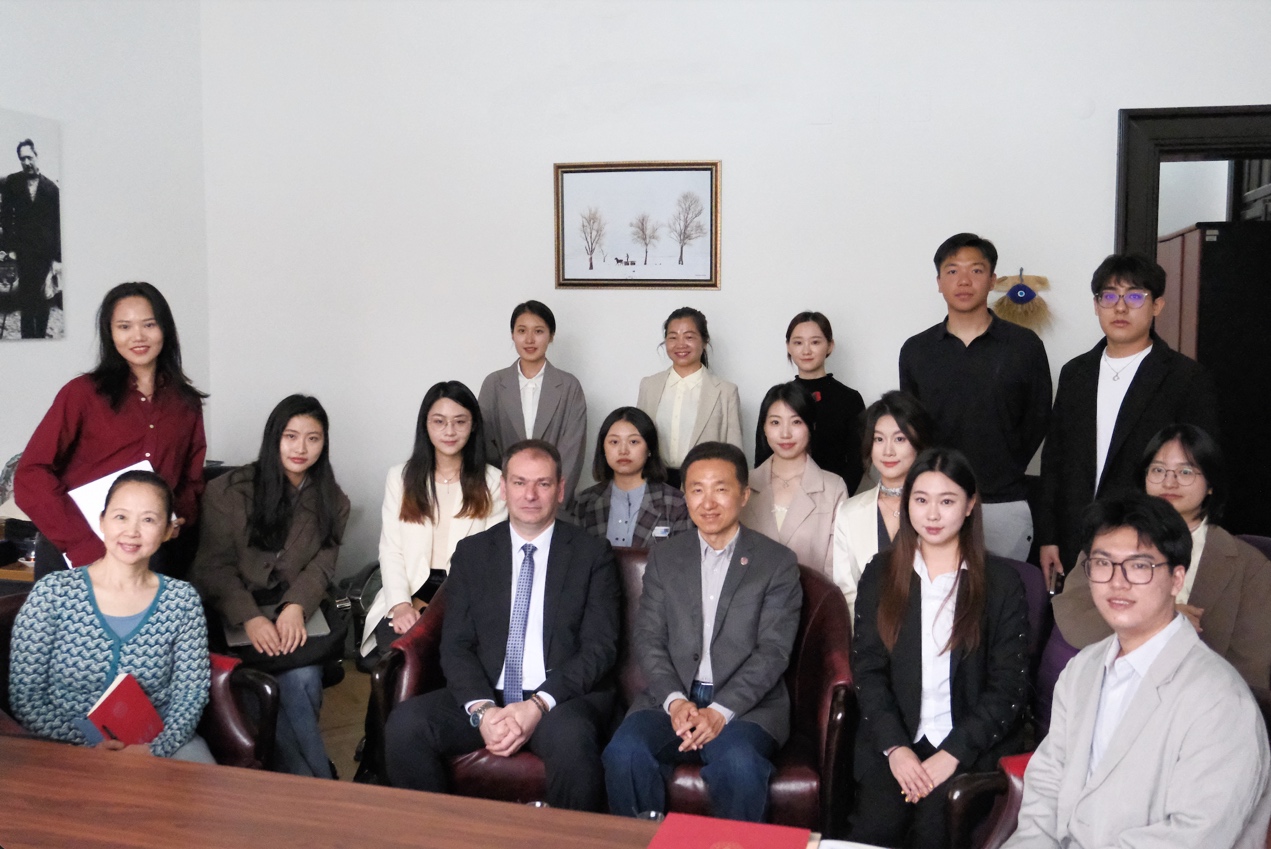
The symposium at the Turkish Ministry of Culture and Tourism
Standing at the crossroads of civilizations, the team seek the future of human heritage. In an era of heated debates on civilizational conflict, young people from China and Türkiye continue to foster dialogue through both traditional archaeology and cutting-edge technology. The path ahead may be more challenging than the ancient Silk Road, but with every exchange and collaboration, new seeds of understanding are sown. As the echoes of history merge with the digital age, these conversations will help shape a thriving global community, where cultural heritage remains a bridge to shared prosperity and lasting friendship.
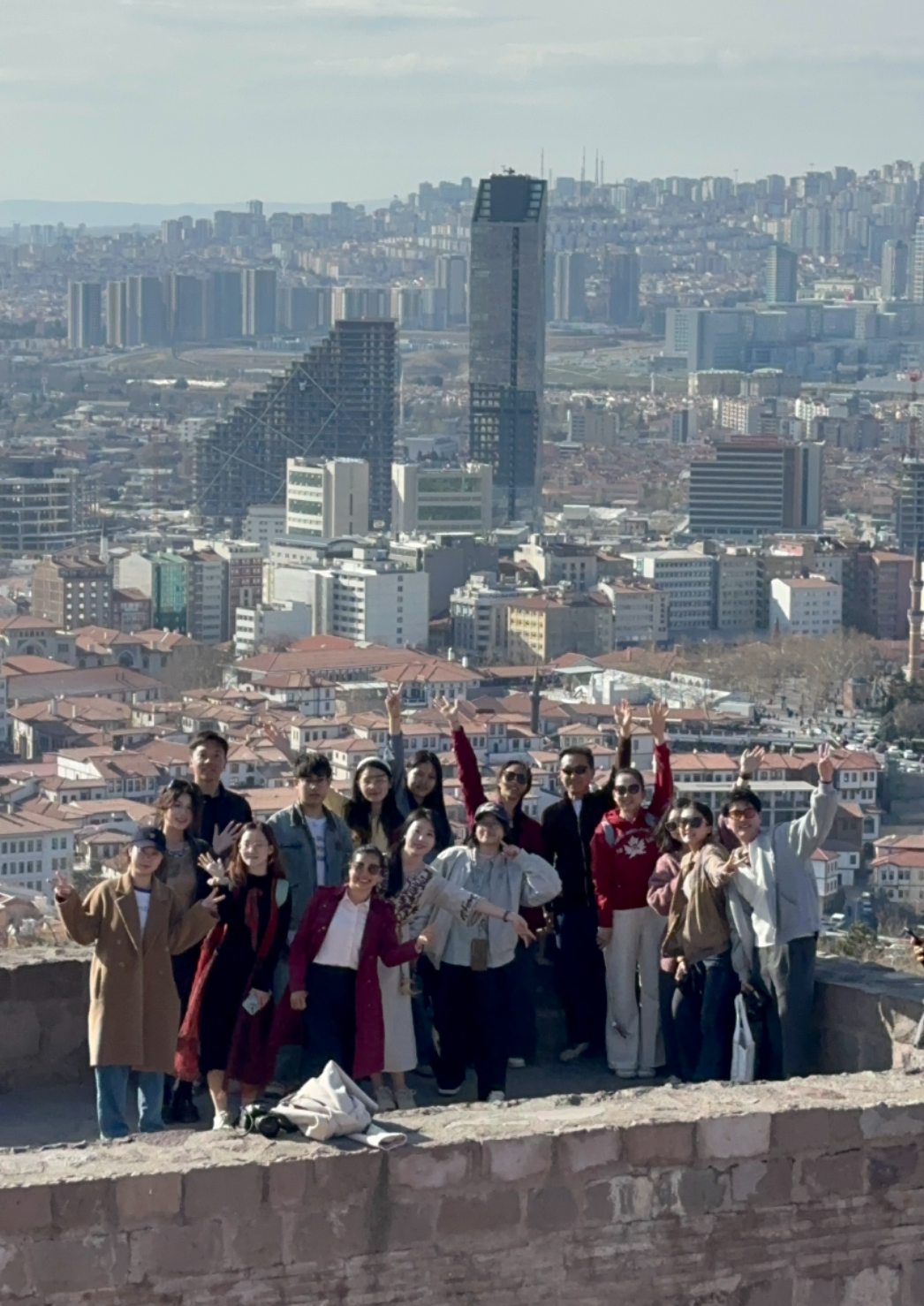
Group photo at the Ankara Castle
Authors: Zhao Yilin, Wang Yixin, Lyu Yating
Photo: Huang NingJing, Liu YuBo
Contributed by: Tsinghua University Global Competence Türkiye Practicum Team
